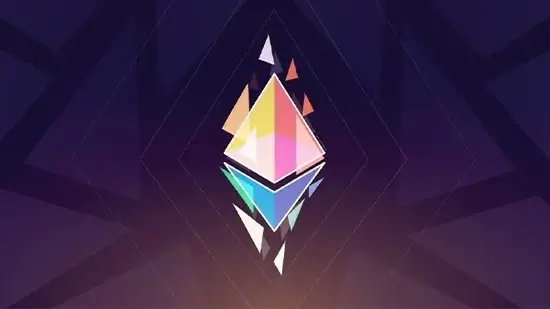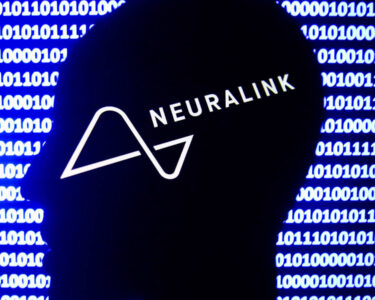It is anticipated that Ethereum 2.0 will be implemented in three stages over the course of at least three years. The levels include a lot of technical intricacies, read on to find out the basics
How will ETH 2.0 Impact Bitcoin Price
To see whether or not the price of Bitcoin and other cryptocurrencies would change, let’s take a look at the process Ethereum will go through.
It is anticipated that Ethereum 2.0 will be implemented in three stages over the course of at least three years. The levels include a lot of technical intricacies, however here are the basics:
Stage 1 – Begin a simpler proof-of-stake blockchain running in parallel with the current system using the Beacon chain. This is to make it easier to switch between the two different sorts of validation notions further on down the line.
Stage 2 – Sharding was introduced. For the first time, the blockchain will be able to validate transactions in parallel.
Stage 3 – As the replacement for EVM, eWASM has been launched.
Each stage of the development process will be thoroughly tested to ensure that the system is both safe and stable. As a result of this, consumers will have time to adapt to the new blockchain implementation’s unique features.
The new Ethereum 2.0, if all goes according to plan, will be in a strong position to eventually terminate Bitcoin’s reign as the cryptocurrency king. You can count on it to be more reliable and have less trouble scaling it up as it grows in popularity.
Ethereum and the cryptocurrency industry as a whole are entering a new age with the introduction of this upgrade. Only time will tell if this is the beginning of a new era in blockchain technology.
Many institutional investors that trade Ethereum futures have opened long positions on the asset anticipating a growth in the ETH price.
The Launch of ETH 2.0
Once the Mainnet and Beacon Chain are merged, Ethereum 2.0 will be able to support full staking. This will be followed by the deployment of Ethereum shard chains in 2023, which will increase the network’s capacity.
According to the EIP-4345 Difficulty Bomb Delay, The Merge is planned to take place between April and June of 2022. It is proposed that the difficulty bomb be delayed until June 2022 in EIP-4345 by developers James Hancock and Tim Beiko. It’s said in this suggestion that the reasons for doing so:
“We want The Merge to take place no later than June 2022. By that time, the bomb may be delayed much longer.”
During the EIP-4345 GitHub conversations, Beiko provided further details regarding the merging.
He stated:
“This merger won’t take place until the next time the difficulty bomb goes off, even though testing is going well (early December, as per EIP-3554). We need to delay the bomb again since we aren’t ready for the merging in less than a month.”
As a result of the numerous setbacks ETH 2.0 has already experienced, its official launch is still in flux. Despite these setbacks, the renovations may be completed sooner than anticipated.
Even after this integration, Ethereum 2.0 would not be finished. Vitalik Buterin discussed the present state of ETH 2.0 in an interview with Bankless:
“I’d put the number at about 50 percent. We can go over 60 after the merging is complete, and we can go beyond 80 now that we have a full shard implementation.”
Close to 8 million ETH have already been staked on the Ethereum 2.0 testnet.
On August 5, 2021, Ethereum had another hard fork in London, bringing the version number to 2.0. EIP-1559, a reform to Ethereum’s transaction fee scheme, was applied with this update, kicking off Ethereum’s ETH burning.
“We’re going to witness a successful transition to proof-of-stake around mid-Q2 2022,” stated DARMA Capital’s Andrew Keys, popularly known as the Ethereum Oracle, in a recent interview with Planet Crypto.
How will ETH 2.0 impact Ethereum, and How Will It Impact Cryptocurrencies in General
Investors in cryptocurrencies should look forward to a positive outcome from Ethereum 2.0. Consequently, customers will pay relatively little for transactions, and those who have the requisite amount of ETH (32) may stake their currency and turn into validators.
By the end of the year and all upgrades being implemented, Ethereum hopes to be able to process roughly 150,000 transactions per second. The Ethereum 2.0 upgrade, also known as Serenity or ETH 2.0, will assist in achieving this goal while also improving the security of the network.
Proof of stake reduces the energy and power usage of ETH’s PoW. With sharding, separate validators perform shard validation, allowing the network to accommodate more transactions.
Capital.com accepts residents of India and is a platform to trade Ethereum, alongside other cryptos and stocks.





